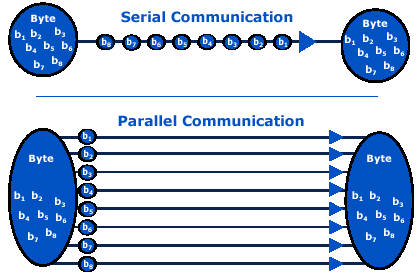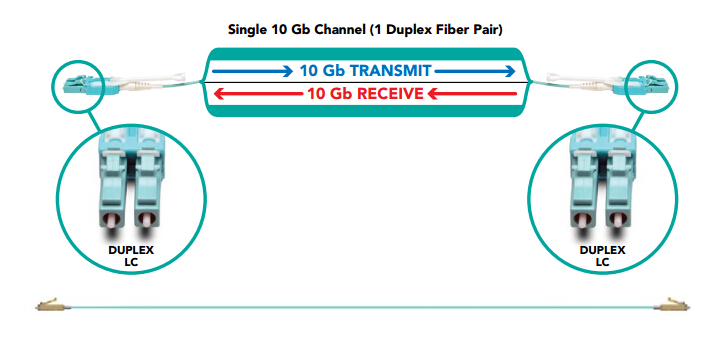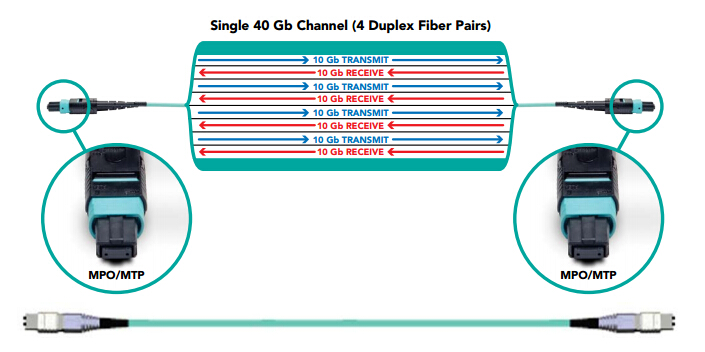The FTTH service nowadays has stretched its reach all around the world, and continues to expand. Naturally, optical fiber constructed to the home is expected to increase in various areas. Under such circumstance, a field assembly connector is commonly employed to streamline the installation process and simplify fiber storage. Thus field assembly connectors have found their position in the following occasions: inside closure, outside cabinet of home, inside ONU, and in premise cabinet. Then, how exactly installers can benefit from field assembly connector? This article will explain it in details.
Field assembly connector, also known as fast/quick connector, is a pre-polished, field installable connector that designed for simple and fast field termination of single fibers. Eliminating the need for time-consuming polishing or adhesives. The heart of this fast connector is a pre-polished ferrule, and there exists a mechanical splice inside the connector body. Which enables a positive connection in the mechanical splice, thus achieving low insertion loss termination.
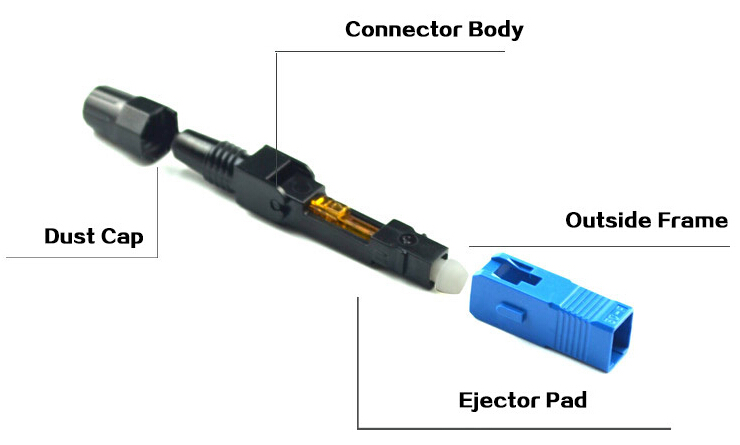
Field assembly connector not only offers an immediate low loss termination to either single-mode or multimode fibers and are color-coded for ease of fiber identification, but also available for laser optimized 50μm (10G) fibers. It is compatible with 250 µm and 900 µm optical fibers, as well as 900 µm, 2mm and 3mm cordage.
The following picture shows the internal structure of the field assembly connector. When connecting an optical fiber to it, the fiber is built into a ferrule (the end face of which is polished in a factory) of the connector. A factory-installed wedge clip holds the clamping mechanism open while the fiber is inserted. Once the fiber is in place, the wedge clip is removed and discarded.
Moreover, a mechanical splice is found at the end of the ferrule to enable the mechanical fixation of the fiber. This mechanical splice consists of plate A having V groove, plate B which is flat above V groove, and a clamp for the insertion of the two plates. Thus, the optical fiber has been positioned with high accuracy between V groove and plate B, held securely a place by spring power of the clamp.
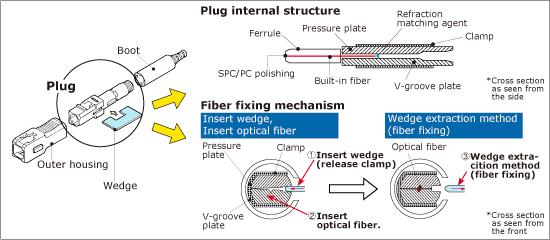
Then, here comes the question: how installers can benefit from the field assembly connector, and where it can be used?
Benefits:
- Quick, simple and clean solution for terminating connectors.
- Can be installed in within two minutes, including preparation time.
- High success rate of connection.
- Simple assembly process.
- Factory polished reducing installation time.
- Stable optical performance is achieved through its use of V-groove mechanical splice technology.
Application:
- Premise/Enterprise Networks
- LAN/WAN Connections
- Patch Panels
- Equipment Termination
- FTTx Applications
- Field Repair/Replacement
- Equipment Test Leads
The field assembly connector can be assembled directly on the end of cable just within minutes. Which makes the installation process easy and fast. It requires no specialized tooling except standard fiber preparation tools: a fiber stripping tool, wipes and a fiber cleaver. Even no electrical power supply is needed to assemble this fiber connector. Here we provide a step by step guide to assembly the SC type fast connector for your reference. (see the picture below)
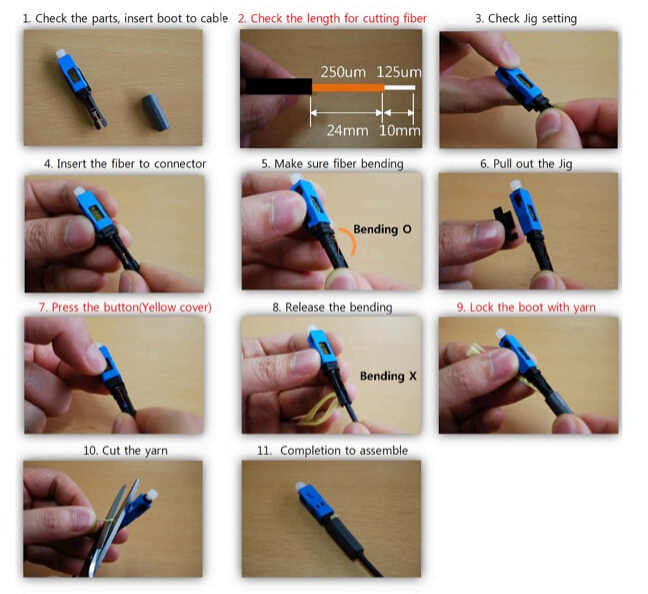
The factory-polished field assembly connector eliminates the need for any polishing materials, thereby enabling the preparation and termination of optical fiber in a fraction of the time. Meanwhile, it also allows for easy assembly and high performance of connectors. From the standpoint of good arrangement, time reduction, and quality management, field assembly connector is mainly used currently. Furthermore, the prevalence of which is also helpful for spreading the FTTH over the world.
